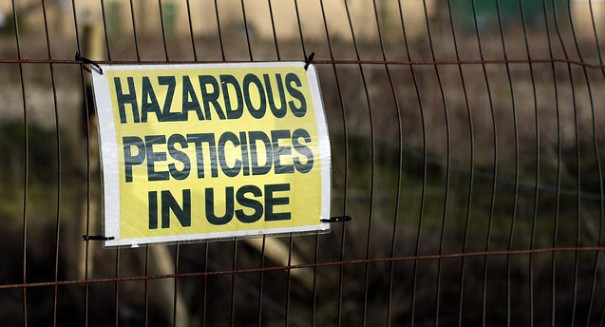
Monocrotophos, the pesticide that was found in the food, was regularly used in the U.S. on potatoes and tomatoes until 1985.
Last week, in the village of Gandamal in the state of Bihar, 23 children between the ages of five and 12 died after eating a free school lunch. Many others have fallen ill. Samples of the lunch were taken and tested, finding very toxic levels of pesticide in the food. An incident of this magnitude is unprecedented for the free lunch program in India. At the moment, no arrests have been made.
The free lunch program in India is known as the Mid Day Meal Scheme. It is the largest school feeding program in the world. It was originally introduced for disadvantaged children in 1925 in Madras. Growing from there, it now covers 120 million children, serving as an incentive for poorer families to still send their children to school and helping with malnutrition issues. States are given flexibility in the timing and meals they offer, but the program has some basic standards. Meals should include 100 grams of food grains daily per child in primary school and 150 grams in upper primary school. Guidelines also account for oil and fat, vegetables, and pulses, and they provide subsidies.
Though this tragic incident is unprecedented, for many it is not unexpected given a history of complaints about food safety. The pesticide that contaminated the food was found in the oil at a concentration five times higher than that of the pesticide in its commercially available version. It is so toxic, that it is supposed to be diluted before being sold commercially.
Monocrotophos, the pesticide that was found in the food, was regularly used in the U.S. on potatoes and tomatoes until 1985. It was completely withdrawn from all uses by 1988. Originally, it was used to kill birds and a variety of insects and spiders that can damage crops. Monocrotophos can be absorbed through the skin and can be fatal at certain concentrations in the air, but can do so without irritating the skin or eyes. There are also long-term effects from chronic toxicity, affecting reproduction, creating gene mutations, and damaging the nervous system.
Pesticides in food continues to be a controversial subject around the world. The Pesticide Action Network of North America found that 93 percent of tested Americans showed traces of a neurotoxic insecticide and 99 percent showed traces of DDT, which has not been used since 1973. In the U.S. pesticides are individually limited to maximum concentrations on food, but combinations of pesticides are not. These “cocktails” can lead to birth defects, autism, ADHD, and other neurodevelopmental issues.
Leave a Reply